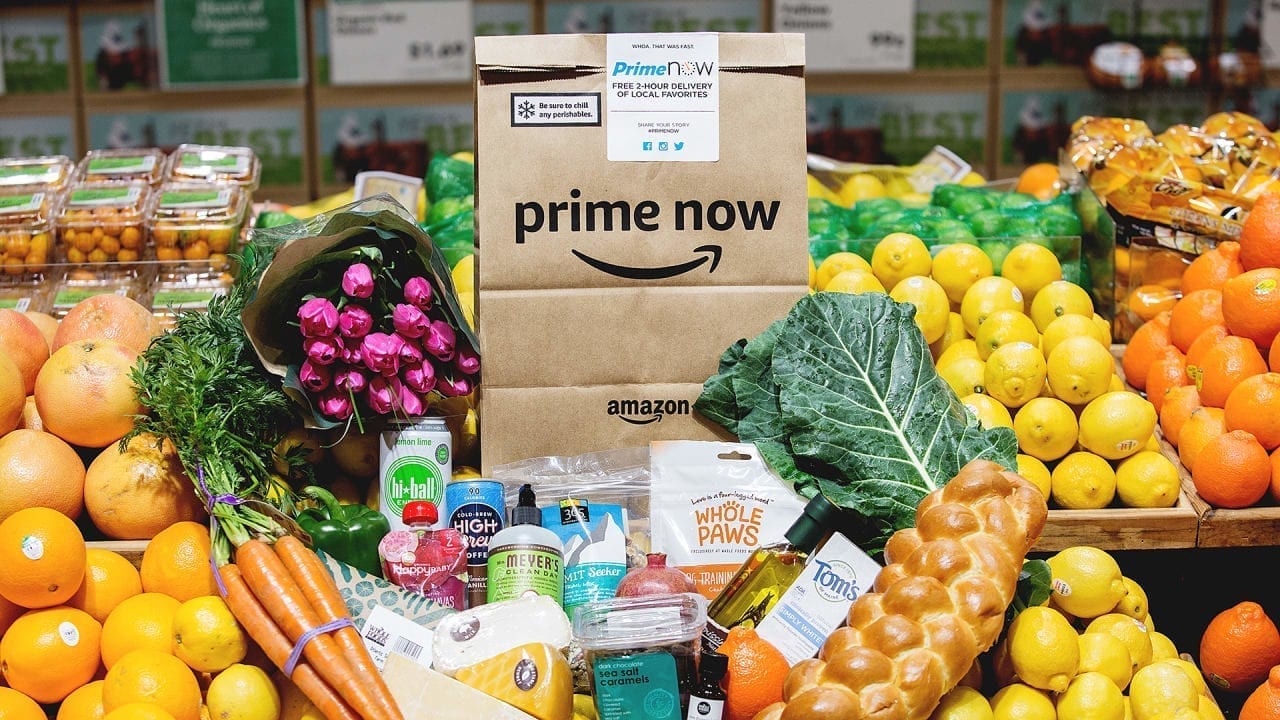
Amazon will let customers pay for their groceries at Whole Foods locations in Seattle with a swipe of their palms. The online shopping giant, which acquired Whole Foods in 2017, is rolling out pay-by-palm technology at some grocery stores near Amazon’s headquarters to make paying quicker and more convenient.
The technology, called Amazon One, lets shoppers scan the palm of their hand and connect it to a credit card or Amazon account.
After the initial setup, which Amazon claims take less than a minute, shoppers can scan their hand at the register to pay for groceries without having to open their wallets.
Amazon first launched the technology late last year and at the time said the technology could be used at stadiums, office buildings and other retailers.
So far, Amazon hasn´t announced any takers. The technology has been put into use in several of its cashier-less stores and Amazon said it has signed up thousands of users, but didn´t provide a specific number.
Arun Rajan, senior vice president of technology and chief technology officer at Whole Foods, said the company is always looking to innovate.
‘At Whole Foods Market, we’re always looking for new and innovative ways to improve the shopping experience for our customers,’ he said.
‘We’re starting with an initial store at Madison Broadway in Seattle and look forward to hearing what customers think as we expand this option to additional stores over time.’
Privacy experts have warned against the use by companies of biometric data, such as face or palm scans, because of the risk of it being hacked and stolen.
Reuben Binns, an associate professor focusing on data protection at the University of Oxford, said last year that the technology raises privacy concerns since it is kept in the cloud which could make it accessible to hackers and the government.
‘The advantage is that it’s on you all the time, this isn’t something you can lose, but that’s also a disadvantage because you can never change it,’ says Binns.
‘You can never change your palm like you change your password or other identification tokens.’
Amazon said it keeps the palm images in a secure part of its cloud and doesn´t store the information on the Amazon One device. The company said shoppers can also ask for their information to be deleted at any time.
People walk out of an Amazon Go store, in Seattle. Amazon said Wednesday that it is rolling out its pay-by-palm technology to some of its Whole Foods supermarkets
A Whole Foods store in Amazon’s hometown of Seattle started using the technology on Wednesday. Seven additional Whole Foods locations in the area will have it installed in the coming months.
Whole Foods is headquartered in Austin, Texas. It was not immediately clear if locations in Texas will receive the rollout.
Amazon declined to say if or when other locations might get it. There are about 500 Whole Foods stores across the country.
The move shows how Amazon is bringing some of the technology already in use at its namesake brick-and-mortar Go and Books stores to the high-priced grocery chains.
The deployment stops short of introducing Amazon’s cashier-less technology at Whole Foods, which critics have said would result in job cuts.
Amazon One still requires scanning items at checkout, and the company said it will not impact jobs at Whole Foods.
According to the Amazon One website, ‘no two palms are alike’ which means it ‘can’t be used by anyone but you.’
‘One reason was that palm recognition is considered more private than some biometric alternatives because you can’t determine a person’s identity by looking at an image of their palm,’ the website reads.
However, fingerprints, also long believed to be unique to individuals, have recently come under fire in the criminal justice system.
Judge Louis Pollack made headlines with a ruling fingerprint identification was not a legitimate form of scientific evidence in the January 2002 court case of United States v. Llera Plaza.
Amazon also announced that starting this week, customers in Tulsa, Oklahoma, ‘will see local deliveries made in electric vehicles.’

